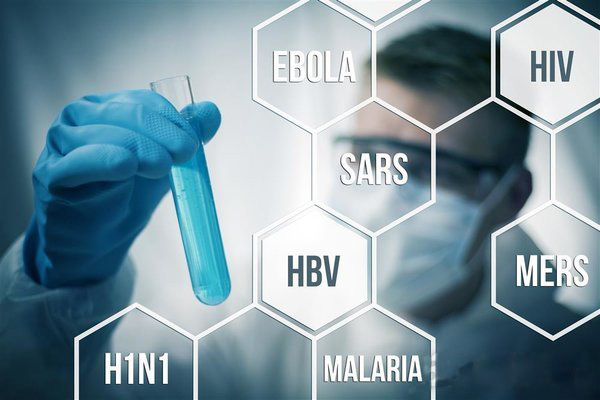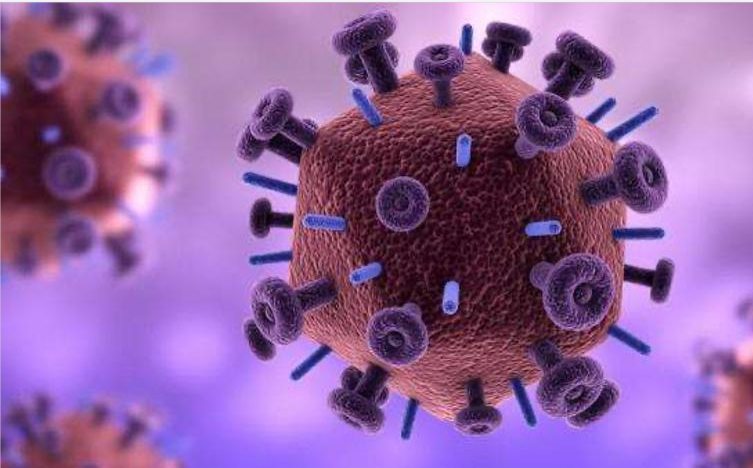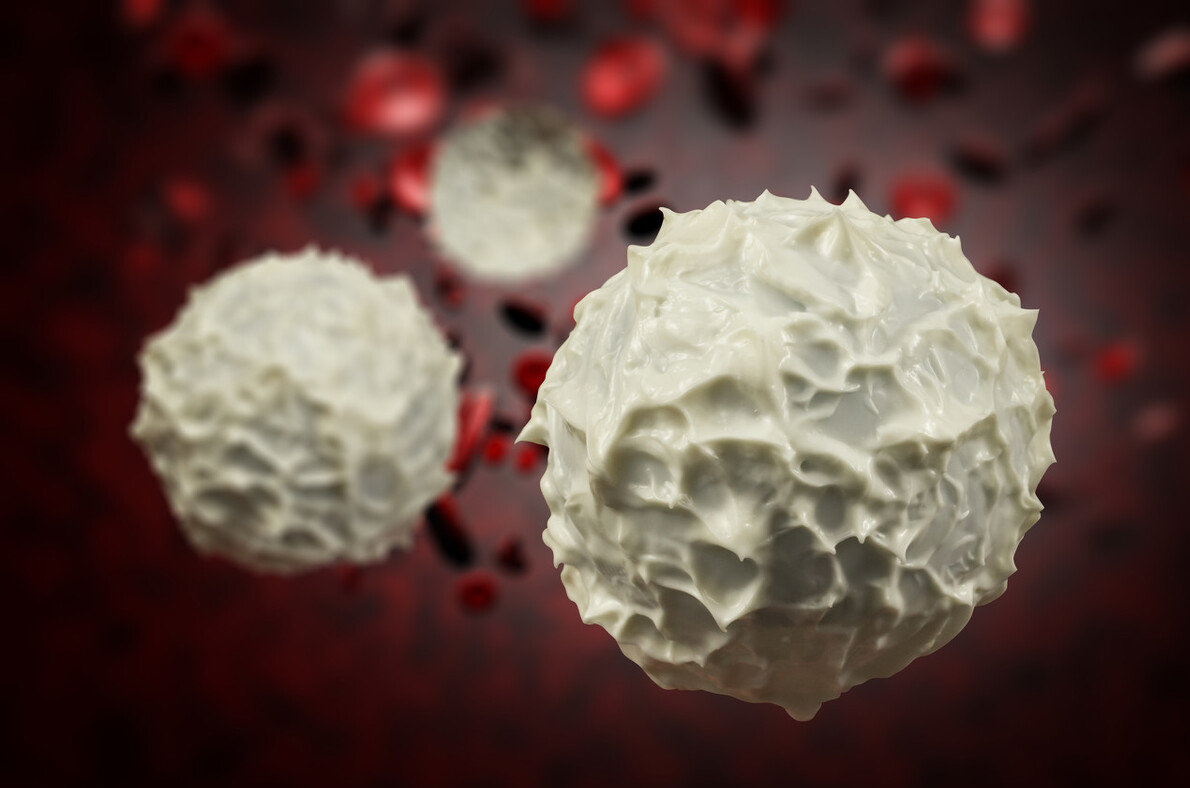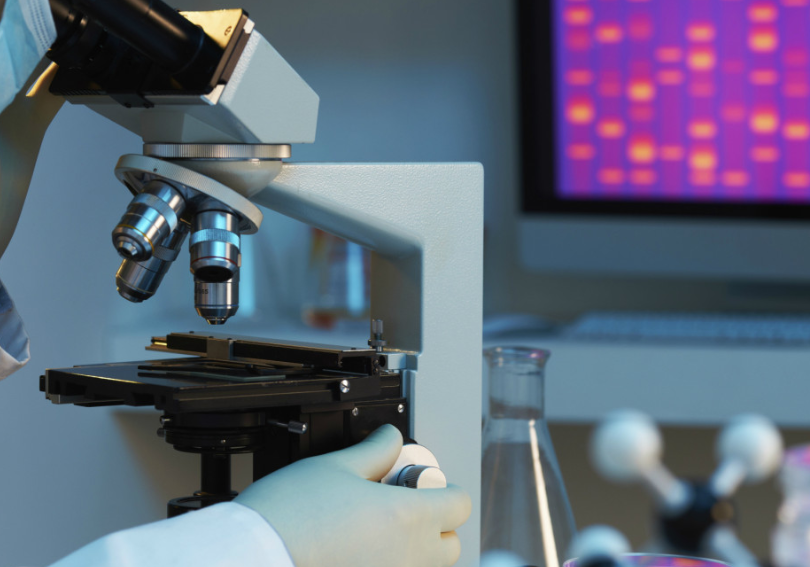
创新背景
艾滋病一直是人类生命和健康的威胁因素。过去几十年,科学家致力于寻找治愈艾滋病的方法,但一直没有收获,只能将艾滋病由致命疾病转变为慢性治疗,艾滋病也没有相应的基因治疗方式。
创新过程
以色列大学特拉维夫Dotan先进疗法中心与Ichilov医学中心合作,联合多名研究人员开发了一种基于基因编辑技术的新方法,可用于治疗艾滋病患者。新技术使用基因编辑技术CRISP系统设计B型白细胞,进行基因改造,激活免疫系统,使其产生能够中和艾滋病病毒的抗体,有望开发出相关疫苗或实现一次性治疗艾滋病。相关研究成果发表在《自然》上。

艾滋病通过破坏某些对人体免疫系统至关重要的白细胞来削弱人体对严重感染的抵抗能力。B型白细胞负责产生针对骨髓中产生的病毒、细菌等,成熟时会进入淋巴系统和血液,然后到达身体的各个部分。

研究使用的基因编辑是CRISPR技术,可以基于细菌免疫系统对抗病毒。研究结合CRISPR将基因引入所需位置的能力,让病毒载体将所需基因带到细胞,进行对B性白细胞的改造。研究使用AAV家族的两种病毒载体,一种携带所需抗体的代码,另一种携带CRISPR系统的代码。当CRISPR切如B细胞基因组中的所需位置后,会引入抵抗引起艾滋病病毒的抗体的基因代码。

研究对B型白细胞进行基因改造,使其遇到病毒时被病毒激活发生分裂,形成可以对抗病毒的病原体。基因工程用源自病毒的病毒载体完成,病毒载体经过改造后将编码抗体的基因带入B细胞。当病毒发生变化时,B细胞也会随之变化。将经过基因工程改造的B型白细胞注入患者体内,会催化患者的免疫系统从而分泌中和艾滋病毒的抗体。

新方法能够将抗体精确引入B型白细胞基因的位置点,实验室中接受过治疗的所有模型都发生反应,血液中含有大量有效抗体,能有效地中和实验室培养皿中的艾滋病病毒。
创新关键点
使用基因编辑技术对B型白细胞进行基因改造,使其遇到病毒时分裂,利用疾病自身的方式产生抗体,开创新的艾滋病治疗方式。
创新价值
新方法可通过一次性注射击败病毒,改善患者的病情,为艾滋病治愈提供可能。
Engineer B-type white blood cells to produce antibodies that make a cure for AIDS possible
The Dotan Center for Advanced Therapies at tel Aviv, Israel University, in collaboration with the Ichilov Medical Center, has teamed up with researchers to develop a new approach based on gene-editing technology that can be used to treat AIDS patients. The new technology uses the gene-editing technology CRISP system to design B-type white blood cells, genetically engineer them, activate the immune system, and make it produce antibodies that can neutralize HIV, and it is expected to develop related vaccines or achieve a one-time treatment of AIDS. The relevant research results were published in Nature.
AIDS weakens the body's ability to resist severe infections by destroying certain white blood cells that are essential to the body's immune system. Type B white blood cells are responsible for producing viruses, bacteria, etc. produced in the bone marrow, and when they mature, they enter the lymphatic system and blood, and then reach various parts of the body.
The gene editing used in the study is CRISPR technology, which can fight viruses based on the bacterial immune system. The ability to incorporate CRISPR to introduce genes into the desired location allows the viral vector to carry the desired genes to the cells for the modification of B-leukocytes. The study used two viral vectors of the AAV family, one carrying the code of the desired antibody and the other carrying the code of the CRISPR system. When CRISPR cuts to the desired location in the B cell genome, it introduces the genetic code against the antibodies that cause HIV.
The study genetically modifies type B white blood cells so that they are activated and divided by the virus when they encounter the virus, forming pathogens that can fight the virus. Genetic engineering is done with viral vectors derived from viruses, which are engineered to bring antibody-encoding genes into B cells. When the virus changes, so do the B cells. Injecting genetically engineered white blood cells B into a patient catalyzes the patient's immune system to secrete ANTIBODIES that neutralize HIV.
The new method enables antibodies to be introduced precisely into the location of the type B leukocyte gene, all models that have been treated in the laboratory respond, and the blood contains a large number of effective antibodies that can effectively neutralize HIV in laboratory dishes.
智能推荐
利用生物传感器和“间歇定量”技术,可量化精准测量细胞钙浓度
2022-08-08结合光致变色单荧光团生物传感器和间歇定量绝对测量开发测量细胞活性的新技术,可以轻松量化测量生物细胞中的钙浓度。
涉及学科涉及领域研究方向生物技术创新 | 利用生物光伏为小型设备供电
2022-06-30利用藻类的光合作用生成生物光伏进行不间断的光电转化提供电力。
涉及学科涉及领域研究方向创新利用注射微球修复衰竭心脏
2022-08-02伦敦大学学院的研究人员最新发现,生物可降解微球可用于输送由干细胞产生的心脏细胞,以修复心脏病发作后受损的心脏。
涉及学科涉及领域研究方向AI+生物学 | 创新机器学习方法准确预测生物结构
2022-08-16斯坦福大学的研究人员开发了机器学习方法,可以准确预测药物靶标和其他重要生物分子的3D形状。
涉及学科涉及领域研究方向